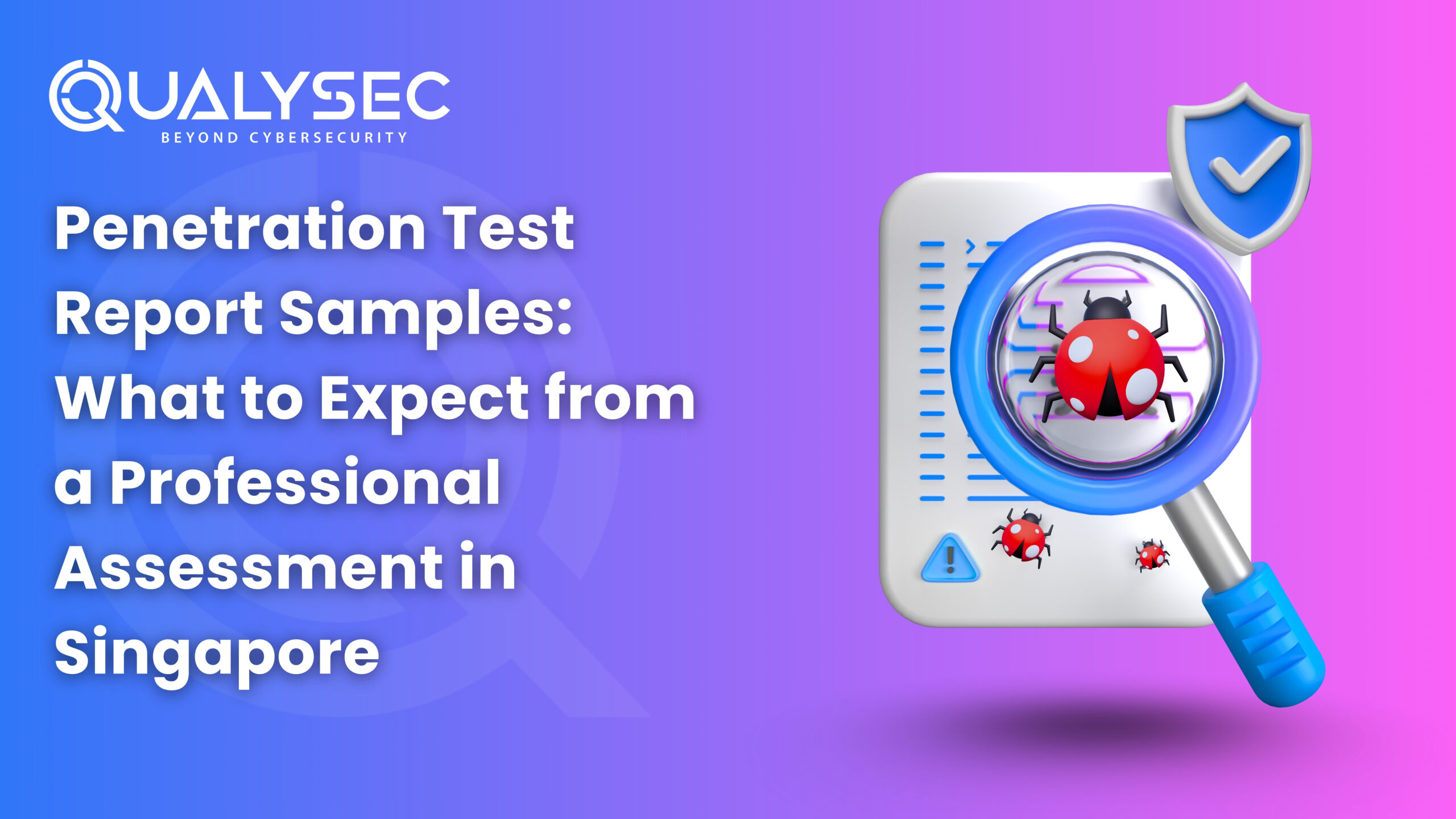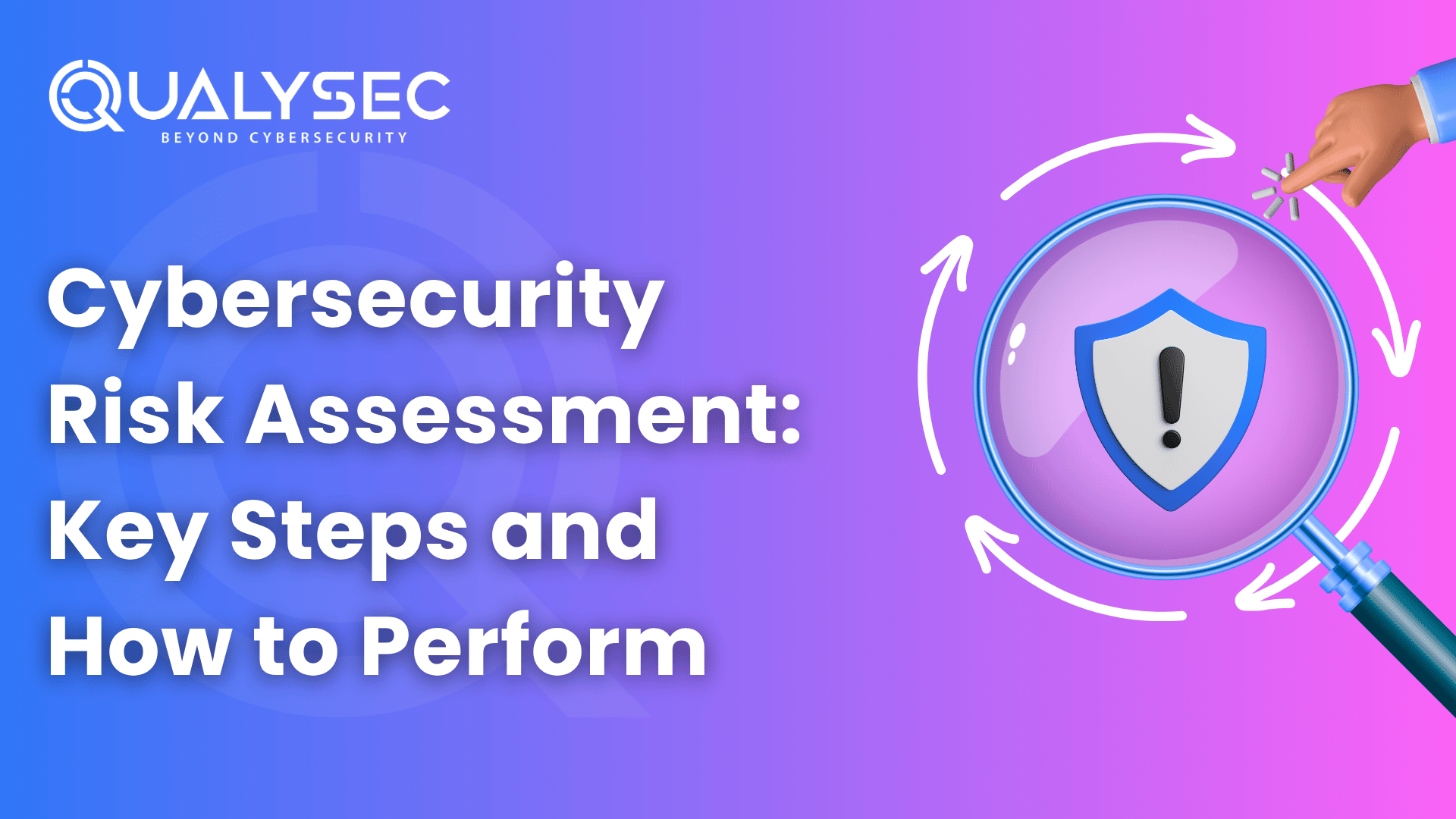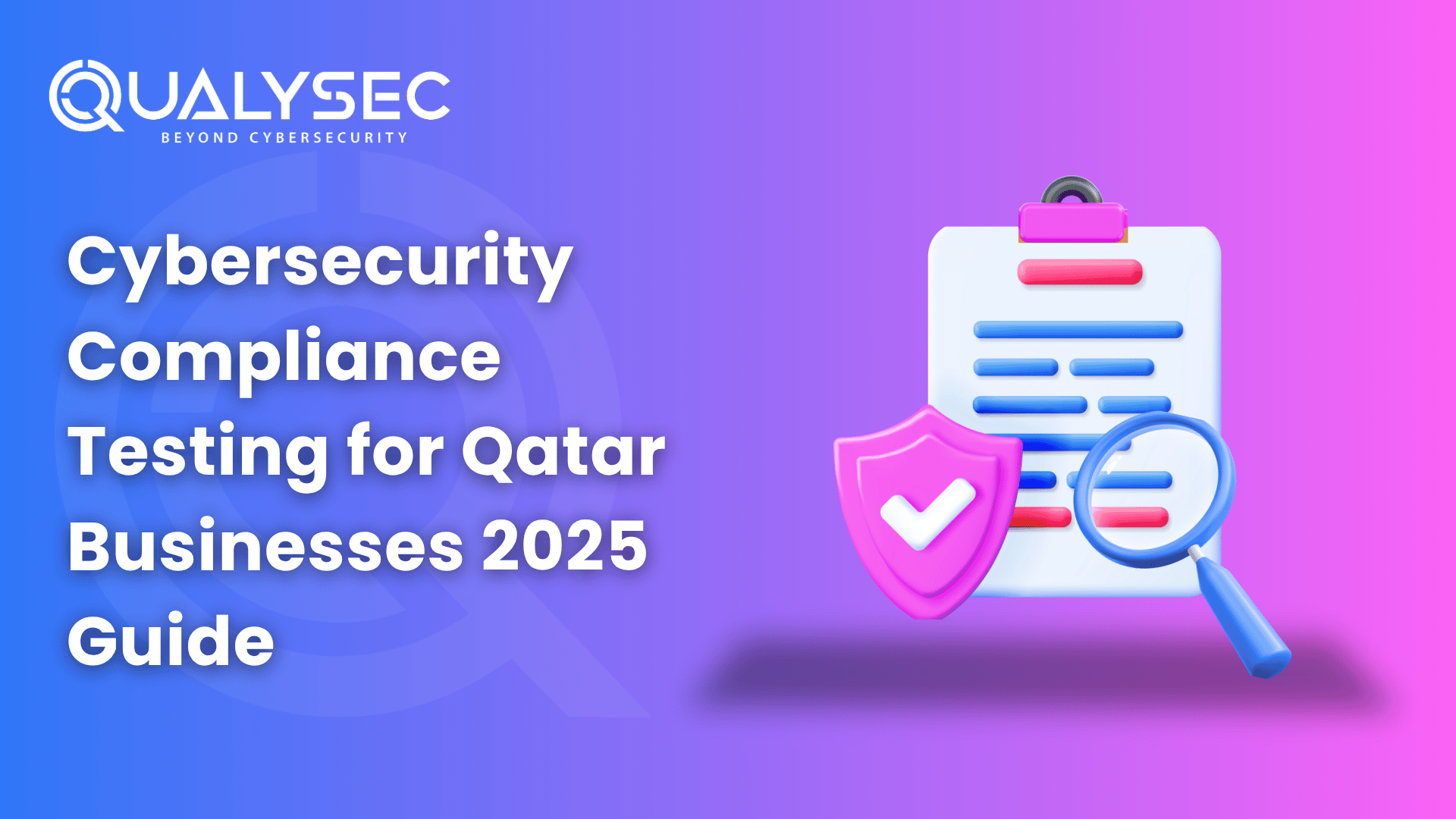What is Website Penetration Testing?
Website Penetration testing or Web pentesting is the process of identifying the security posture and finding vulnerabilities on the website by simulating real cyber-attacks. It is carried out by security professionals, also known as ethical hackers, trained and certified in this field. The results will help you discover vulnerabilities and loopholes in the website’s security and improve its status.
As per the CoreSecurity 2023 Penetration Testing Report, over 75% of companies perform penetration testing to meet compliance requirements and strengthen their security stature. According to Global News Wire, there is significant growth in the global penetration testing market. The market, which was worth $1.6 billion in 2021, is expected to reach over $3.0 billion by the end of 2026. This represents a Compound Annual Growth Rate (CAGR) of 13.8%.
There are basically 3 approaches to Website security Testing carried out by cybersecurity experts:
Hire an expert penetration testing team to secure your website and business. Get the necessary results, reports, guidance, and certificates to meet industry standards and secure your website. Contact us now!
Talk to our Cybersecurity Expert to discuss your specific needs and how we can help your business.
The Need for Website Penetration Testing
Every minute, a new cyberattack happens on some website. An enormous number of websites are getting attacked by criminals who want to exploit sensitive data. Be it a startup or a well-established company, no business is safe from these cyber threats. Website penetration testing informs you of possible risks that can arise from the exploitation of vulnerabilities like cross-site scripting and SQL injections. This always helps your website manage risks more effectively.
Benefits of website penetration testing include:
- Evaluating security controls: Know the effectiveness of your current security structure. Evaluate security measures like access controls, firewalls, and intrusion detection systems.
- Measuring Compliance: Check if your website follows the necessary industry standards and regulations such as HIPAA, PCI-DSS, ISO 27001, etc.
- Mitigating Risk: Predict and prepare for a cyber-attack that could lead to data breaches, financial loss, and reputational damage.
- Improving Incident Report: Identify problems with your incident response plan and get a chance to test and improve it.
- Protecting your Clientele: Any security breach can significantly affect your clients, partners, and the overall business. Regular penetration testing makes your website secure, building a sense of trust among your clientele
Also Read: What is the Purpose of Penetration Testing?
The Process of Website Penetration Testing ?
Let’s get to the most important part – the entire penetration testing process for the website. Depending on your industry and specification, the details of the process may alter, but the core strategy remains the same. Here are the steps carried out for website penetration testing:
Information Gathering
The first step of website penetration testing involves gathering as much information as possible about the website. Here, the company provides knowledge about the website’s source code, site architecture, and more to the penetration testing team. This information helps them get a better understanding of the target platform and prepares them to start the search for vulnerabilities. The best methods to collect information are:
- Active Information Gathering
In this method, the pentesters actively interact with the target website to gather all the necessary information. The test team usually uses tools like scanners and mappers to find potential breaches in the website’s defense. This is the easier approach, and the results are more detail-oriented.
- Passive Information Gathering
As the name suggests, this approach is the exact opposite of active gathering. Here, the testers acquire all possible information about the website without interacting with it directly. This involves researching available information about the organization, its employees, or the software they use publicly. This type of information-gathering approach requires a longer period, and the results may need to be more thorough.
Planning
Then, the penetration testing team establishes clear goals by getting deep into the website’s complex technicality. Through proper research and strategic approaches, they tailor their methods to target specific cyber threats and vulnerabilities on the website.
After the research, a well-informed website security testing strategy is created, describing the scope, methodology, and testing criteria. Apart from that, the company may provide a high-level checklist to guide the testing team through their process. Then, by creating proper parameters, the team prepares all the necessary testing equipment and validates the testing script to guarantee an effective assessment.
Automation Penetration Testing
This is a technique used in the process of penetration testing to identify vulnerabilities on the website using specialized automated tools. These tools mimic possible attackers by crawling through the website and discovering potential vulnerabilities and security flaws. This invasive scan approach allows pentesters to scan the website and find surface-level vulnerabilities in the staging environment quickly and efficiently.
There are several benefits of using automated tools to find vulnerabilities, such as:
- Efficiency
- Consistency
- Accuracy
However, it is important to note that automated tools are not a proper replacement for manual testing by expert cybersecurity professionals. Instead, they are a useful added complement to other penetration testing techniques and can help identify potential vulnerabilities much quicker to a certain extent. Additionally, these tools can also generate false positives or miss vulnerabilities, so it’s vital to review the results thoroughly and validate any potential issues before taking any action.
Manual Penetration Testing
This is the most effective way to find out potential loopholes in a website through which an attacker might breach. Unlike automation testing, manual website penetration testing requires human expertise and knowledge to identify vulnerabilities that automated tools may miss. These tests require high-level skills and are typically performed by cybersecurity professionals or ethical hackers. However, it should be noted that manual penetration testing is time-consuming and requires proper resources, but it can identify vulnerabilities better than automation.
Manual testing also aids in identifying new or previously undiscovered vulnerabilities that are absent from the current vulnerability databases. Furthermore, manual penetration testing offers a more in-depth insight into the security posture, which can be used in developing a more robust security strategy.
Here’s what is included in manual penetration testing:
- Injection Testing: Includes SQL injection, command injection, template injection, etc.
- Data Tampering: Involves web service configuration review, header testing, outdated software testing, etc.
- Encryption Testing: Contains weal SSL/TLS cipher testing, improper cryptography testing, etc.
- Web Server Configuration Review: Also includes header testing, outdated software testing, and more.
- File Testing: Involves downloading and uploading functionality testing, directory traversal, LFI, RFI, etc.
- Outdated Component Testing: includes logic flaws testing, data manipulation testing, security function-specific testing, etc.
- Input Validation Testing: Consists of XSS, HTML injection, unvalidated redirects, remote code execution, and more.
- Sensitive Information Disclosure Testing: Involves session fixation, hijacking, invalided session testing, etc.
- WordPress Common Vulnerabilities Check: Included web-based API testing, JWT testing, SSO testing, etc.
Analysis and Reporting:
The website penetration testing team identifies and categorizes the discovered vulnerabilities. A senior cyber security professional carries out a high-level penetration test and analyses the results thoroughly. The report of the results showcases the vulnerabilities detected and the security posture of the website. The report helps the clients and their developers get detailed information about the vulnerabilities and security flaws, along with suggestions to fix them.
Here are the activities carried out by the penetration testing assessment team:
Likelihood Determination: For each vulnerability detected, the assessment team evaluates the likelihood of it being exploited considering the following factors
- Motivation and capability of the threat source
- Nature of the vulnerability
- Existence and effectiveness of controls
Impact Analysis: For each vulnerability, the assessment team analyses and calculates the impact of exploitation on the integrity, confidentiality, and availability of systems and data.
Severity Determination: The assessment team evaluates the likelihood and consequences of exploitation of each vulnerability to determine its severity. This is done by considering both the probability and impact of an attack and assigning it a classification of critical, high, medium, or low.
Want to check out what a real website penetration testing report looks like? Download a copy of our sample report right here!
Latest Penetration Testing Report

Remediation
Typically, the remediation process includes developing a plan of action to address the vulnerabilities found during the testing. Upon requirement, the testing team will help the development team fix the detected vulnerabilities through consultation calls. In fact, in most cases, the clients ask for direct engagement to mitigate the security flaws detected during the website pentesting. This may include updating passwords or access controls, implementing software patches, reconfiguring network settings, or improving security awareness.
This joint effort ensures that the development team gets complete assistance, allowing for a smooth and quick resolution of vulnerabilities, along with improving the website’s security posture.
Retesting
Once the development team has finished mitigating the identified vulnerabilities, the process of retesting is carried out. Penetration testers re-evaluate the website to ensure that the mitigation efforts are effective and the vulnerabilities are properly eliminated. After all the retests are completed, the final report will consist of the following:
- History of Discoveries
- Assessment Status
- Screenshots
LOA and Certification
In addition to the report, the website penetration testing company will issue a Letter of Attestation (LOA). The letter summarizes the penetration testing findings and includes the following:
- Confirmed security level
- Security details for stakeholders
- Compliance completion
Along with the LOA, the testing company will also provide a Security Certificate, empowering the company to represent itself as a secure business, instilling confidence, and meeting the strict cybersecurity demands of various stakeholders.
Read More : A Complete Guide to Web Application Penetration Testing
Tools Used for Website Penetration Testing
The entire process of Website penetration testing for a website depends upon the planning phase and the discovered vulnerabilities. There are a variety of tools that are used to discover these vulnerabilities and assess the security of the website. These tools help in finding assents in complex websites and check them against security standards. Although no tool can replace the expertise and creativity of skilled pentesters, they can significantly enhance the efficiency of penetration tests, helping them achieve better results.
Common tools used for website penetration testing are:
- Burp Suite
- OWASP ZAP (Zed Attack Proxy)
- Nessus
- Nmap
- Metasploit
- SQLMap
- Wireshark
Why Choose Qualysec for Website Penetration Testing?
As one of the best website penetration testing companies, Qualysec Technologies helps organizations of various domains find flaws in the security of their website. Here are crucial reasons why Qualysec is the best choice for website penetration testing:
Hybrid Penetration Testing:
Qualysec provides both automated and manual penetration testing to identify different types of vulnerabilities hidden within the website. We have expert pentesters who use real cyber-attack scenarios to detect flaws that automation scanners might miss.
In-Depth Reporting:
Qualysec delivers extensive reports that not only pinpoint vulnerabilities but also offer essential details to rectify them. Businesses will get clear insights into the cyber threats and recommendations to enhance their security posture.
Meeting Compliance:
Achieving industry standards such as PCI DSS, GDPR, ISO 27001, etc., is vital for businesses. Qualysec helps in achieving compliance with these standards through its in-depth penetration testing report. We also ensure that the organizations meet these security standards and maintain a secure database, thereby enhancing stakeholders’ trust.
A Wide Range of Clients:
From startups to multinational corporations, Qualysec Technologies offers services to a broad range of clientele. Our flexible approach ensures that we meet all the needs of all clients, whether they are small businesses or Fortune 500 companies. We are always open to customize our services to fit your specific requirements.
Proven Track Record:
We are proud to say that we have safeguarded over 350 digital assets without a single data breach. Our history of successful projects and satisfied clients speaks more about our commitment and expertise. Businesses can trust us to identify vulnerabilities in their websites and protect their data and digital assets from a range of cyber threats.
At Qualysec, we have the skills, expertise, technology, and experience to provide our clients with exactly what they need. When you choose us for your security needs, we will have a dedicated penetration testing team working on your website. Contact us now and keep your business safe online!
Conclusion
Website penetration testing is a vital component of a thorough cybersecurity strategy, helping businesses identify and fix vulnerabilities that could result in cyber-attacks. Regular penetration testing can also secure the website from insecure access and exploitation of sensitive data. Partnering with a skilled and experienced penetration company can fetch valuable insights and recommendations. These recommendations can help businesses mitigate security risks and avoid any damage from security breaches or data loss. Contact us to get the best Website penetration testing services and reports that will help secure your website.
FAQs
Q: Why do companies conduct penetration testing?
A: Businesses conduct penetration testing to find vulnerabilities and loopholes in their websites, applications, etc. before cybercriminals can use them for their benefit.
Q: What are some common types of vulnerabilities found in websites?
A: Common websites’ vulnerabilities are include cross-site scripting (XSS), SQL injection, security misconfigurations, broken authentication, cross-site request forgery (CSRF), and insecure direct object references.
Q: How much does website penetration testing cost?
A: The cost of website penetration testing depends on several factors, including the size of the organization, the complexity of the website, the scope of the testing, and the level of expertise required.
Q: What types of websites can benefit from penetration testing?
A: Websites of all types can benefit from penetration testing, including e-commerce platforms, web applications, corporate websites, customer portals, and more. Any website that processes sensitive data should undergo regular testing to strengthen its security.
Q: Can we do penetration testing on websites with restricted access?
A: Yes, penetration testing on websites with restricted access is possible. In such cases, the pentesters will require the necessary credentials and permissions to perform the test.















































































































































































































































































































































0 Comments